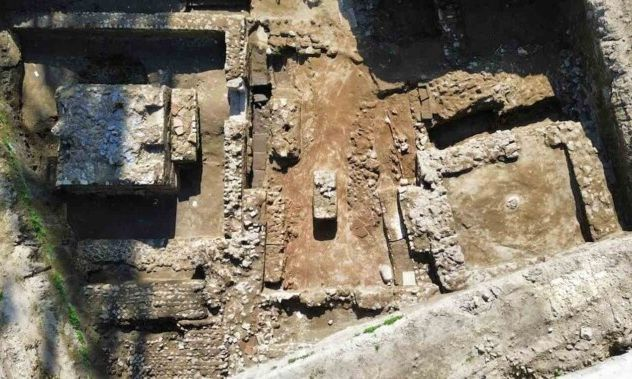In 2017 a big discovery in the Great Pyramid was announced in a paper in Nature: “a large void” (at least 30m/100ft in length) above the Grand Gallery. The find constituted “the first major inner structure found in the Great Pyramid since the 19th century”.
The new discovery was achieved by the Scan Pyramids project – a cross-disciplinary, multi-institution/nation effort that has employed various high-tech, non-destructive methods – such as infra-red thermography and muons radiography – to ‘scan’ the Great Pyramid for hidden cavities and/or structures.
In 2019 the Scan Pyramids team released a video announcing that the large cavity – which generated some controversy, with questions raised as to whether it truly was there, or was just some sort of scanning artifact – has been confirmed by more scans taken from new points within the pyramid, including the so-called ‘relieving chambers’ that sit above the ‘King’s Chamber’:
The big void was again observed from these new measuring points, confirming and refining the results published in 2017. The cavity is just above the Grand Gallery, between 10 and 15 metres above. Its minimum length, estimated initially at 30 metres, has been reevaluated to 40 metres minimum probably in one single section. However the mission scientists continue to debate about a slope.
The video also discusses other aspects of the project, including the other cavity found behind the entrance to the pyramid, as well as the lack of anomalies between the top of the relieving chambers and the peak of the pyramid.






